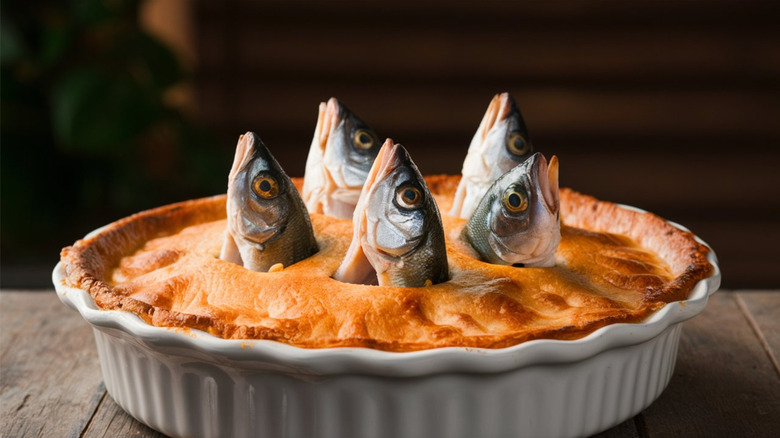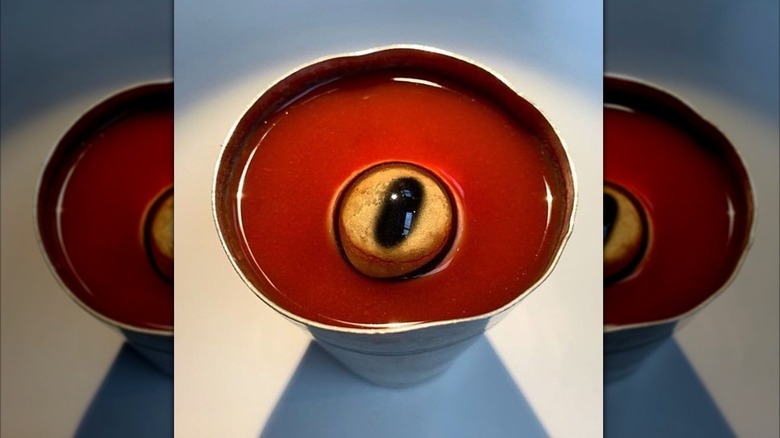What, Exactly, Is Dark Cuisine?
For reasons we can't explain, some of us are drawn to odd things, the otherworldly, the downright inconceivable — perhaps even the gross. It's this sort of wicked fascination that feeds the ever-growing dark cuisine trend. Born from the mind of Etsushi Ogawa, creator of the 1990s manga "Chuuka Ichiban!" hei an liao li ("dark cuisine") was the specialty of his story's villains — the Dark Cooking Society. In recent years, folks in China have started using the term to describe a cooking style that pushes the boundaries of what diners find acceptable... or even appetizing.
Now, we're not talking about foods like sugar and potatoes that have a dark history. Dark cuisine is often so outlandish in its appearance or flavor combinations that something about it actually pulls you in. Maybe you don't necessarily want to take a big bite, but a part of you just can't look away. The term came into the common lexicon in 2012 when folks in China started using it to describe a picture of stargazy pie — a British pie that has fish heads poking from the top crust in such a way that it looks like they're trying to writhe their way out. Since then, it has inspired a world of bizarre food combinations intentionally designed to push people outside of their comfort zones.
Don't yuck my yum!
Just because dishes emanating from the dark cuisine trend often look a little less than appetizing in the conventional sense doesn't mean that the food is necessarily intended to taste bad. For some, the goal is to make something surprisingly delicious from a completely unexpected pairing. Yet, for others, the fun lies in the fact that it is truly gross, but they mustered up the courage to eat it anyway. In a category so focused on the performance of it all, it can be hard to tell one from the other.
In some cases, completely innocuous foods are put together in such a way to look like something monstrous and inedible, like rice balls made to look like eyeballs with the help of artfully placed garlic and sauces. Other times, people aim to shock and amuse by posting first-person videos of things like a cheeseburger going into a rice cooker, being sufficiently steamed, and then mixed into rice with copious amounts of ketchup and mustard. Other times, the intention seems to be merely to confuse and spark curiosity, like the scallion latte that went viral in China or the Instagram baker whose cursed Chef Boyardee cookies had social media shook when her Beefaroni-topped chocolate chip cookies took the world by storm. The appeal is all in the eye of the fork holder, as it were.

